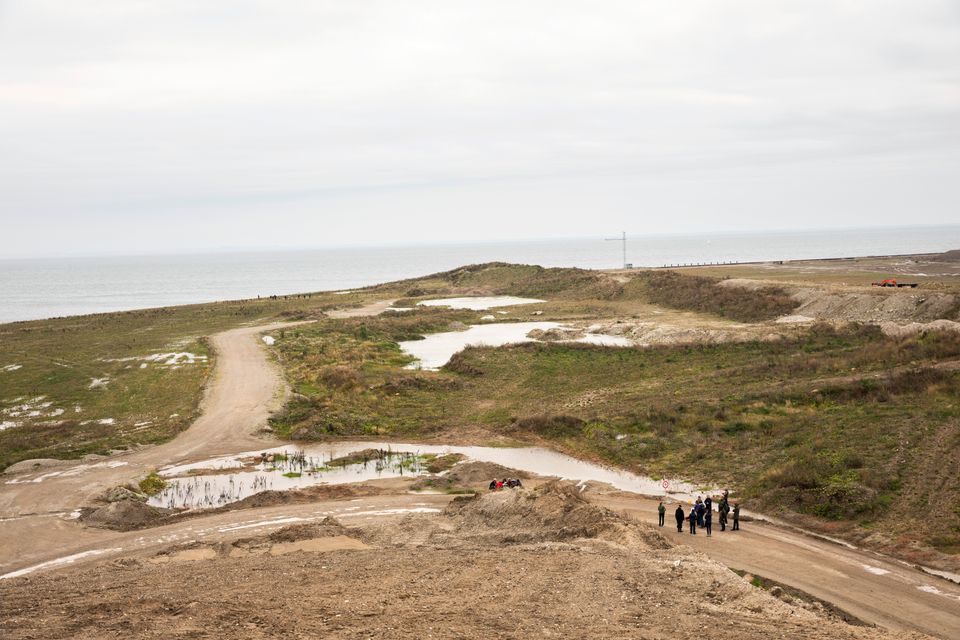Basharat Nazir thought lodging his green card application through an agency would make his life easier. That was, until the company mysteriously closed its doors and Nazir’s agent skipped the country, leaving behind a pile of applications in limbo. “I was too disappointed. I made so many calls to them, I called them every day, but I got no response,” he said.
Nazir, from Pakistan, is one of the 1.3 percent of the approximate 6,000 green card holders who used an agency to process their application, according to a 2010 study by consultancy firm Rambøll. These agencies market Denmark as a desirable place to work and charge a fee to help acquiring a green card to get there.
Having paid an initial 1,925 kroner fee to the agency, Pak Australian Diligence, Nazir was slated to pay a further 5,130 kroner once the application process was complete. His down payment disappeared when the company folded and Nazir had to contact the Immigration Service to ensure any correspondence went straight to him, and not to his agent.
Agencies like Pak Australian Diligence charge exorbitant fees to fill in an application that 76.8 percent of applicants found easy enough to do on their own, according to the Rambøll study.
Another agency, Workpermit.com, with offices in both New Delhi and London, charges about 15,200 kroner to process green card applications. UK-based Imperial Visas asks applicants to cough up 15,700 kroner to cover legal fees, letter writing and time spent liaising with Danish authorities, an employee told The Copenhagen Post.
That employee said the existence of the green card scheme served as proof enough that Denmark needed highly educated foreigners of any background. “That’s why they opened the green card – for migration to happen,” he said, adding that the UK had recently closed a similar programme because its job shortage had been filled. “Denmark is open for highly educated people, but once it is filled, they will close the programme.”
Many of the green card holders The Copenhagen Post spoke with echoed this thought – why have a scheme if there is no work to be found? (See main story.) The fact is that there was a point when the government feared that Danish companies would struggle to fill positions that required highly skilled workers.
As a result the previous government started the green card scheme while also actively promoting Denmark as a good place to work.
“The fight to attract and keep researchers and other highly educated specialists is a particular challenge for Denmark,” an Ocotober 2007 government report, ‘Denmark – A good place to work’, stated. “People with high education levels can easily and quickly move to other countries with lower taxes and easier languages.”
As part of its strategy, the government pledged to spend nine million kroner between 2007 and 2010 to aggressively promote “Denmark as an exciting place to work with the opportunity for personal and professional development,” according to a similar report, ‘Action plan for an active global marketing strategy for Denmark’.
Burdened by the effects of the economic crisis, the government slashed its spending on global advertising campaigns to 1.3 million kroner for 2011, and further reduced that amount to 1.2 million kroner for 2012. This drop, according to experts, likely reflects the rising unemployment rate and impacts of the economic crisis felt during the past five years.
But according to Mia Mortensen – author of a recent master’s thesis at Roskilde University about the green card scheme – the damage was already done.
“The former government has a responsibility because they started the strategy to attract highly skilled people to Denmark by spending millions branding the labour market in developing countries,” Mortensen said. “This strategy was stopped in 2010, probably because of the financial crisis ,but there were still three years when a lot of money was spent on these initiatives.”
Mortensen added that the majority of green card applicants found out about the scheme through word of mouth. News that the Danish job market had changed did not immediately filter through, especially because the primary source of news about the green card scheme, the Immigration Service’s website, newtodenmark.dk, did not clearly convey how unfavourable the job market had become after the crisis.
The number of green cards granted in 2011 dropped to 1,395 from 3,060. The fall is most likely a response to the worsening job market, but the scheme remained in place, and to many of the green card holders Mortensen spoke with, they felt this indicated a continued need for foreign workers.
“They argue that the existence of the scheme must justify that there is a need for them.”
This has not been the experience of many who made the journey. Nazir has nine years experience with quality control and assurance in the dairy industry. After 13 months in Denmark, he is still looking for a job in his field.
Read the first part of our investigation into the green card scheme.
Click on the image below to see how these articles appeared in print.














